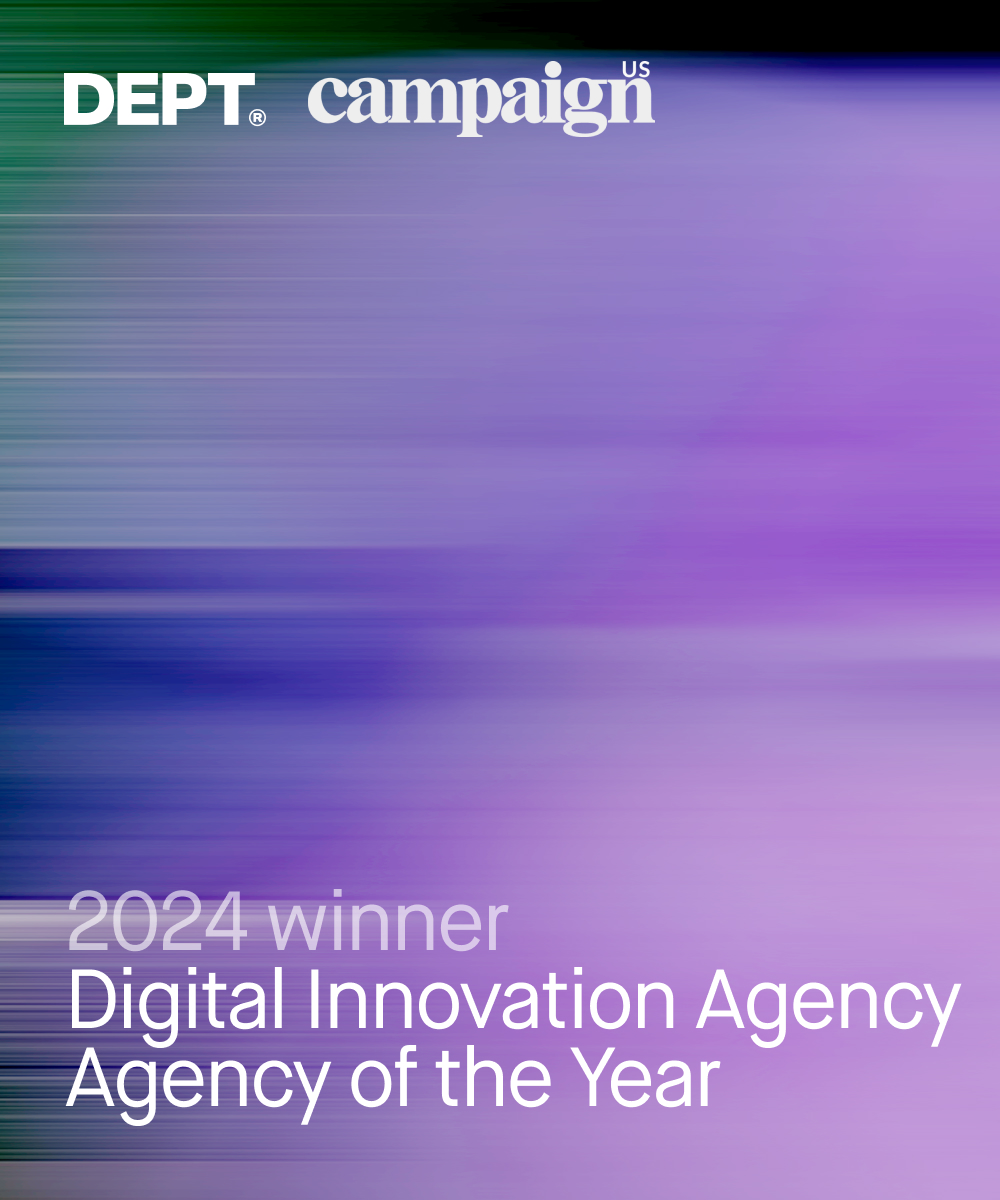Five non-obvious trends that are changing the future
How different would your life be if you could spot opportunities that others miss? Rohit Bhargava, a best-selling author and innovation and marketing expert, is on a mission to help brands unlock their ability to explore the non-obvious in order to drive innovation. During his keynote presentation at SxSW 2019, he shared his take on the trends that would be shaping our world for the next twelve months.
The context of our modern world makes it hard for us to tap into the non-obvious: we hold unquestioned assumptions in high esteem yet we live in a world of constant disruption so our expectations are impossibly high and social media and fake news have plunged us into the midst of a believability crisis meaning that we are highly sceptical and building trust is tricky.
A bagless design
Nevertheless, if we are able to tap into the non-obvious the rewards speak for themselves. Bhargava uses the Dyson success story as a prime example of the triumph of the non-obvious. Frustrated with the performance limitations of bagged vacuum cleaners James Dyson set out to create a bagless model and in so doing bagged himself (too good a pun to miss) a $3 billion vacuum empire. Whilst successful and established vacuum cleaner manufacturers were focussed on solving the problem by improving the quality of their dust bags Dyson approached the problem from a completely different angle and in so doing drove paradigmatic change in the industry.
Missing information
Bhargava is a passionate and dynamic speaker and this energy spreads to his enthusiasm for sharing his insight on the ‘non-obvious’ with brands through his technique of idea curation. Bhargava will spend a year mining information from broad ranging sources (online, offline, newspapers, cookery books and other people just to name a few) and sets about collecting them in a physical form. He compares this process to collecting air miles – people shouldn’t use air miles as soon as they receive them, ideally, they save them up for a more exciting trip.
His collection of information represents a ‘unique curated observation of the accelerating present’ and is the first step in identifying the non-obvious themes at play. The next step is a major sorting exercise in order to group information and from here Bhargava compiles a list of non-obvious trends that will help brands look at things from a different perspective. The best part? He even offers advice on how we should respond to the trends. Here are five of the trends he thinks we need to be aware of in 2019:
Retrotrust
Unsure of who to trust, consumers turn to organisations and experiences with brands that have a legacy, or those with which they have a personal history. Examples include the resurgence of vinyl, a growing trend towards deliberate downgrading of mobile phones and the increasing popularity of nostalgic experiences. In order to embrace this trend, Bhargava suggests seizing the opportunity for collaboration with brands or products that embody ‘retro’.
Muddled masculinity
The rising empowerment of women and re-evaluation of gender itself are causing widespread confusion and angst about what it means to be a man today. Speaking the day after IWD (International Women’s Day) 2019 Bhargava cited multiple examples of men’s uncertainty on their position within the changing context generally and specifically on IWD. He recommends that our response to this trend should be to encourage the non-conforming.
Innovation envy
Fear of change leads entrepreneurs, businesses and institutions to envy competitors and approach innovation with admiration or desperation. As an example, he cites companies that use generic copycat innovation tactics – token pool tables that will by default drive collaboration and creative thinking, or an inclination to suggest a hackathon as a panacea for any problem solving regardless of whether it is suited the particular context. The response is for businesses to play more on the offence with innovation in order to drive strategies that are meaningful and organic.
Artificial influence
Creators, corporations and governments use virtual creations to shift public perception, sell products, and even make fantasy into reality. According to The Drum, 15% of all Twitter accounts may be fake as well as more than 60 million Facebook accounts. We live in a world where virtual influencers are shaping our real-life choices. The complexity here lies not in the existence of the artificial but in the perception of it as reality, the answer? Be open about things and don’t hide artificial ingredients.
Enterprise empathy
Empathy becomes a driver of innovation and revenue, a point of differentiation for products, services, hiring and experiences. UK supermarket Tesco has opened relaxed (slow) checkouts in order to make the shopping experience for vulnerable individuals less stressful. Herbal Essences has embarked on a programme of empathetic bottle design with tactile differentiators so that just by holding the bottle you can tell whether it’s shampoo or conditioner. Bhargava urges us to embrace this trend and employ ‘made with empathy’ as a business strategy.
Wrap-up
Bhargava comes across as something of a modern-day sage urging us to try and be present and to take time to reflect on the information around us. His idea curation technique is essentially a physical manifestation of this principle and is a welcome tonic to the constant disruption in our daily lives. The non-obvious trends are not based on predictions about what is going to happen but on careful observation of what is already happening and that has to count for something. And who knows – if knowledge of these trends leaves your competitors eating your dust (last vacuum cleaner pun) then they’re definitely worth being aware of.
More Insights?
View all InsightsQuestions?
Head of Marketing, EMEA




